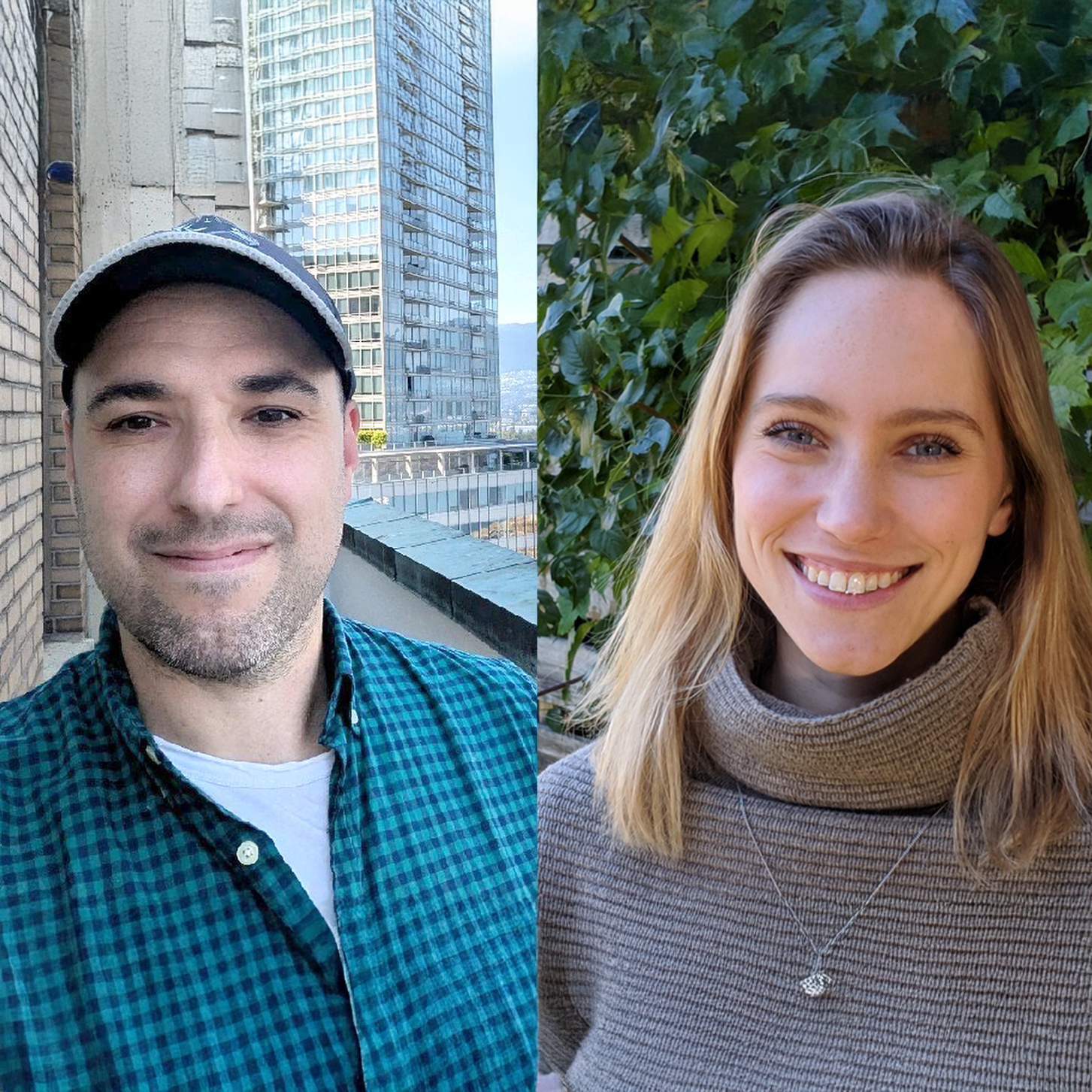Co-opportunity: Alumni’s industry experience inspires an applied CS course
May 16, 2025

May 16, 2025

When Ian McLean was in high school his favorite class was biology, followed closely by computer science. He earned two biology degrees before realizing what he enjoyed most was using technology within biology. By then McLean (BCS 2017) realized he needed more experience on the tech side.
“I found that the job market was very, very tricky to navigate if you don't have any experience related to your degree or in the industry,” he says, still referring to himself as a dormant biologist.
Then McLean discovered UBC’s Bachelor of Computer Science (BCS) program, which allows students to earn a second degree at an accelerated pace over two years. He fit the typical profile of a BCS student—someone with a degree who has been in the workforce but is looking to make a career move into the computer tech industry.
McLean enrolled, aiming to learn computer science skills which, combined with his biology degrees, would help him find a role in biotech. He planned to do a co-op placement in order to try and get a foothold in industry while still in university.
Things worked out, but not quite the way he planned. McLean only had one co-op job during his time in the BCS program—in 2015 he took on an eight-month term at D2L, an online education tech company. By the time the co-op ended he’d already worked his way up to become a full-time employee.
It was at D2L that McLean met Danya Karras (BSc 2014, BCS 2019), a physics undergraduate who’d swerved to the BCS program and was also doing a co-op term with the company.
“Ian had this really cool idea for a computer science course—and he said we were going to build it,” Karras recalls. “I was like, ‘You can do that?’”
McLean’s plan was to bring in tech industry experts as guest lecturers who would share their professional experiences and explain how they used technology in their day-to-day jobs. Karras was hooked. She was already interested in teaching, having had experience as a teaching assistant at UBC, and as a dance and piano teacher. More than that, she had realized during a previous co-op the need for a practical course tailored for students who were primed to begin their careers.
“A lot of the computer science courses are extremely theoretical, which is good for understanding the ‘why’ behind what you're building,” she says. “But we wanted a hands-on course where students have direction from people in industry.”
With the help of UBC computer science professor Dr. Steve Wolfman, McLean and Karras co-developed Applied Industry Practices. The course balances the technical and interpersonal skills needed to launch a career in corporate computing.
“We only had 15 students the first year,” Karras recalls. “The next year we had 72, and the year after that we had 113. We volunteered our time the first few years as we were really passionate about bringing the course to UBC. Eventually we got hired as sessional lecturers.”
“We’ve never have trouble finding alumni who want to come in and lecture,” McLean adds.
The course, CPSC_V 455, is now offered as a full time, official fourth year course that usually runs in the summer. Its size is limited to about 120 students and there’s typically a substantial wait list.
“We're trying to help people get ready to go into co-op, to land those first jobs,” Karras says. “If they've already had co-op, they can get that extra experience for when they go into industry.”
Rather than grading students’ code by testing it, the duo meet one-on-one with students who are then marked on how well they explain their code.
“Being able to share your ideas in a way that makes sense to your team and to people that you're trying to sell your app to is a part of programming that isn't often explored in most computer science courses,” she says. “It’s amazing to see students’ confidence grow throughout the term in defending their coding and design choices.”
McLean and Karras never left D2L after their co-op terms, although both completed their BCS degrees, spinning their courses out over several semesters while working full time and teaching. McLean is now a senior software developer at D2L and Karras is a software engineering manager.
“Now I hire co-op students,” Karras says. “Teaching this course has been an amazing way for us to find students who are interested in education tech and bring them along. I know lots of other students have gotten jobs as a result of the course.”
We honour xwməθkwəy̓ əm (Musqueam) on whose ancestral, unceded territory UBC Vancouver is situated. UBC Science is committed to building meaningful relationships with Indigenous peoples so we can advance Reconciliation and ensure traditional ways of knowing enrich our teaching and research.
Learn more: Musqueam First Nation